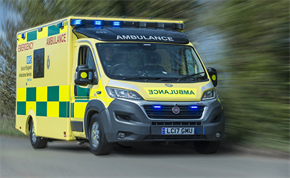
FRSMs must continue to be worn for all patient contacts by patients and staff.
Standard infection control precautions (SICPS)/ Level 1) - will apply for all asymptomatic patients. Universal wearing of FRSM is required for all staff and patients in all health and social care settings.
Staff should apply patient screening/triaging as appropriate and adhere to good IPC standard precautions in all areas, applying transmission-based precautions (TBP) (in addition to FRSM wearing) as required. Based on the level of exposure and the risk assessment consideration of additional PPE should be as follows:
Droplet /transmission-based precautions (TBP) - Level 2 PPE must be worn following a risk assessment e.g. risk of blood and body fluids/ suspected/ confirmed respiratory infections.
Airborne /transmission-based precautions (TBP) - Level 3 PPE must be worn following dynamic risk assessment:
Level 3 is no longer required for all AGPs only those where there is known airborne exposure i.e., suspected or confirmed respiratory infection.
Due to the increased risk of blood and body fluid and/ or respiratory droplets when in cardiac or respiratory arrest PPE is now recommended as a minimum to be as follows:
Published 27th August 2022